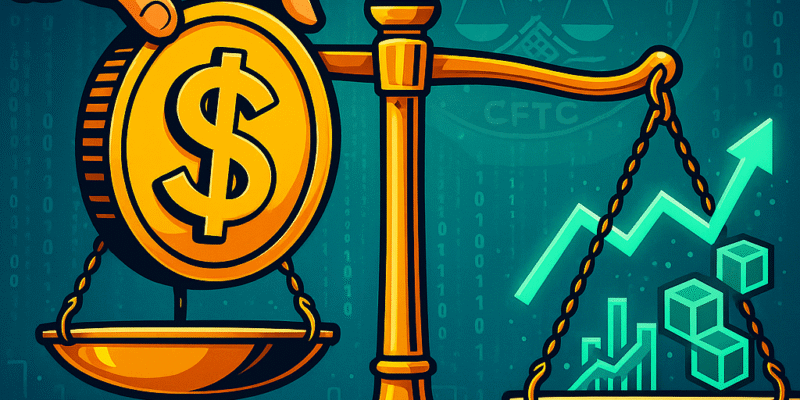The Commodity Futures Trading Commission (CFTC) has just launched a formal initiative to enable stablecoins as collateral in derivatives markets. The announcement was made by Acting Chairman Caroline D. Pham. The plan invites public input by October 20 covering how tokenized collateral might work under existing rules.
Using stablecoins as collateral could change how derivatives trading works in the U.S. right now. Instead of only using cash or government bonds for margin requirements, traders might soon be able to post stablecoins trusted, dollar-pegged digital assets, as part of their collateral. This would lean into newer blockchain-friendly systems.
The move builds on prior recommendations. The CFTC’s Global Markets Advisory Committee had already proposed expanded use of non-cash collateral through distributed ledger technology. The President’s Working Group on Digital Asset Markets also called for guidance on stablecoins and other tokenized collateral. Pham says these steps are part of the CFTC’s “crypto sprint” to modernize financial infrastructure.
Industry observers see real potential. Having stablecoins as collateral could improve liquidity and reduce settlement delays, especially in fast-moving derivatives markets. Issuers like USDC and other regulated stablecoins are likely to benefit from increased validation and operational trust.
However, there are significant challenges to address. Valuation of stablecoins, custody issues, reserve transparency, and fallback mechanisms if the stablecoin loses its peg are all under consideration. The public comment period will focus on these risk areas. Regulators want to make sure that using stablecoins does not introduce systemic risk or unexpected vulnerabilities.
Also, not every stablecoin may qualify. The rules will likely require issuers to meet high standards in auditing, backing their tokens with low-risk assets, and having robust systems in place to handle redemptions. Stablecoins that do not meet those standards may not be considered acceptable collateral.
The feedback phase is open through October 20. That window offers stakeholders, exchanges, clearinghouses, stablecoin issuers, and investors, a chance to shape how stablecoins as collateral will be regulated. Many expect pilot programs or test cases to follow as part of regulatory rollout.
This initiative could mark a shift in how derivatives markets operate in the U.S. If successful, it might enable faster collateral flows, more efficient margining, and a tighter connection between digital asset markets and traditional finance.

Comments